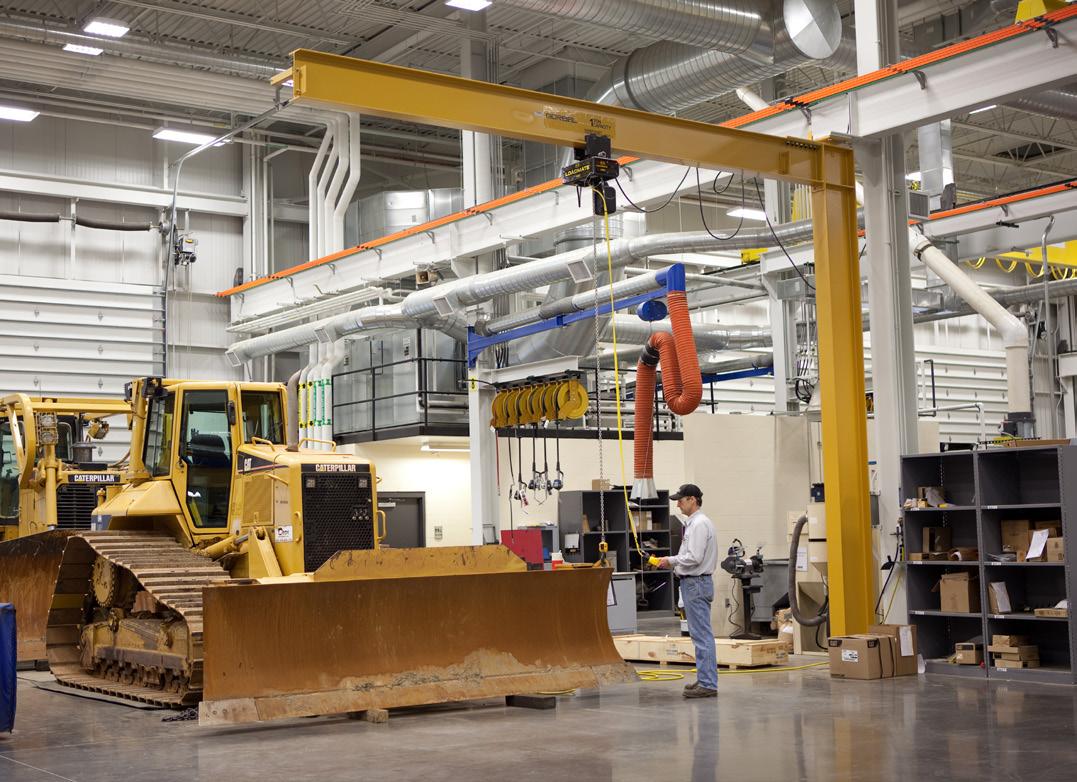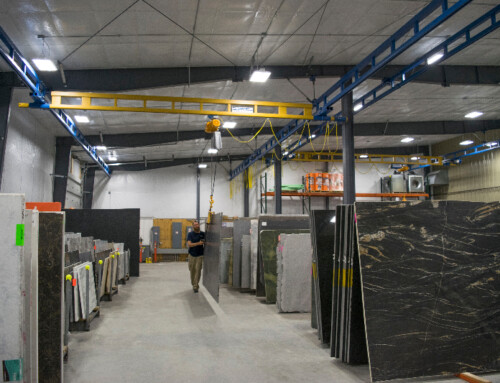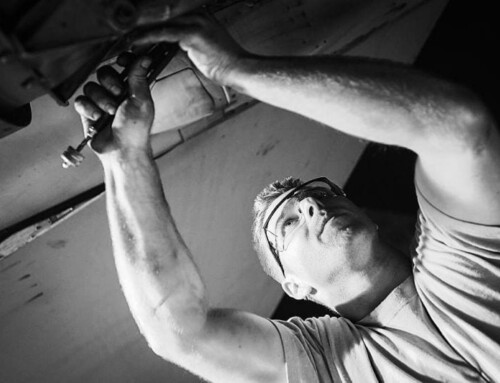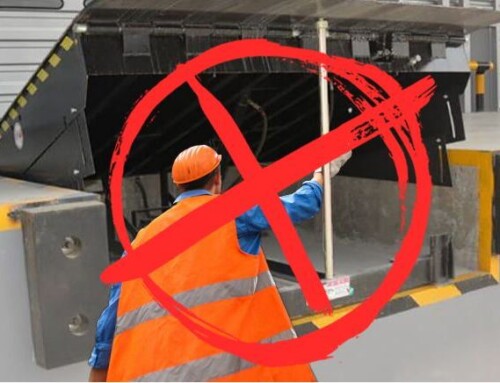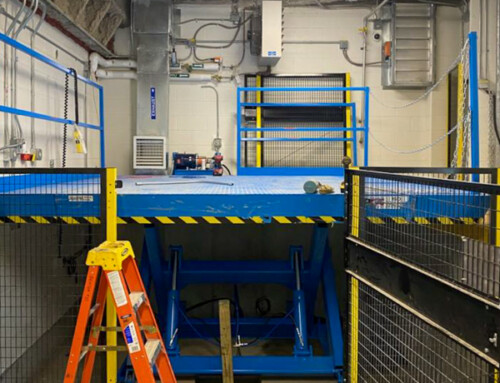How To Measure Your Dock Leveler Pit for a Replacement Leveler
I receive a number of calls each week from customers looking to replace their old dock levelers. Throughout the years, dozens of dock leveler manufacturers have contributed to the many different leveler models and sizes we see in the field.
Many times, the dock leveler is missing the information tag altogether, or we find that the company is either no longer in business and/or discontinued the model years earlier.
Not to worry, thanks to our 2018 state-of-the-art manufacturing facility, we can custom manufacture any dock leveler size needed to fit an existing pit. This saves a lot of time and money that would otherwise be wasted jackhammering the existing dock pit and pouring a new cement foundation to accommodate a different size leveler.
Our custom levelers do NOT have a custom price tag. Thanks to our vertical integration manufacturing, a custom size will only increase the total cost by a couple hundred dollars over a stock sized unit.
In order to get you a quote and set of drawings, I’ll need just 4 measurements from the dock pit of the existing dock leveler.
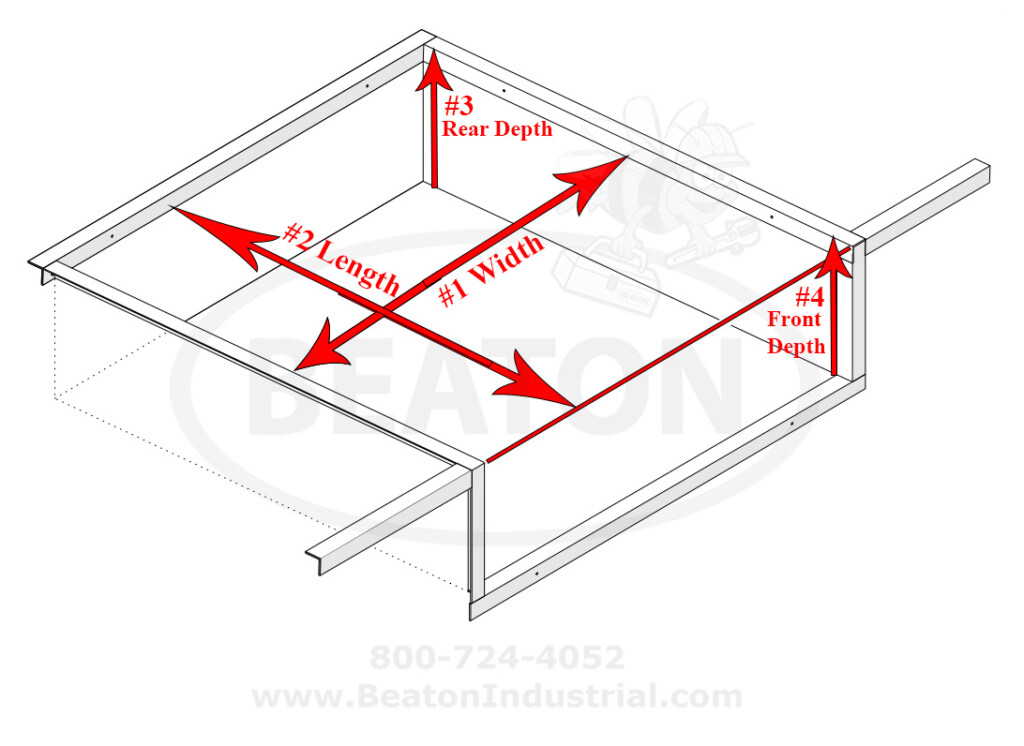
 Measurements to take for a replacement dock leveler quote
Measurements to take for a replacement dock leveler quote
1st) Width – Measure the width of the dock pit from curb angle to curb angle (inside wall to inside wall).
2nd) Length – Measure the length of the leveler pit from the front opening on the dock wall to the back of the pit.
3rd) Rear Depth* – Measure the pit depth at the rear location. Be sure your tape measure touches the concrete floor of the pit, and not the dock leveler steel if your existing leveler is still in place.
4th) Front Depth* – Measure the pit depth at the front location. This is a bit easier than the rear as you can easily measure from the floor to the curb angle.
*It is very important you take two measurements for the depth. All dock pits should be deeper in the front than in the rear to allow for water and moisture to run out the front of the building and prevent the dock leveler steel from rusting. Failure to take 2 measurements could result in ordering a leveler that doesn’t fit properly, which will result in concrete work being required before installation can be performed.

